Filter data
|
ID |
Nickname |
Country / City |
Languages |
Taxonomies |
Comment |
Project / Group |
Map |

|
28184
|
|
Switzerland
Zermatt
|
|
|
—
|
BA Linguistic Landscape
|
|
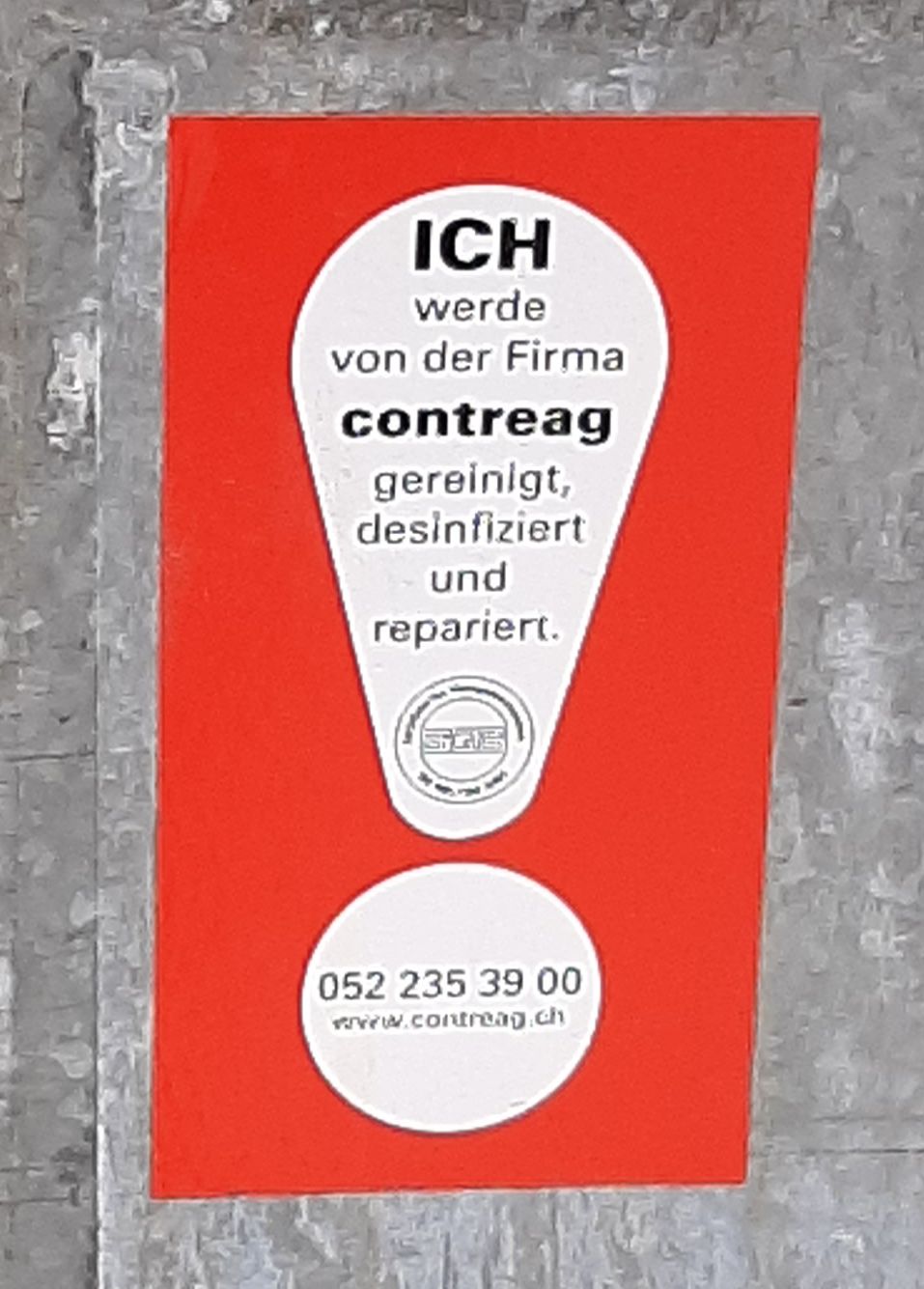
|
30488
|
|
Switzerland
Lauterbrunnen
|
|
|
—
|
BA Linguistic Landscape
|
|
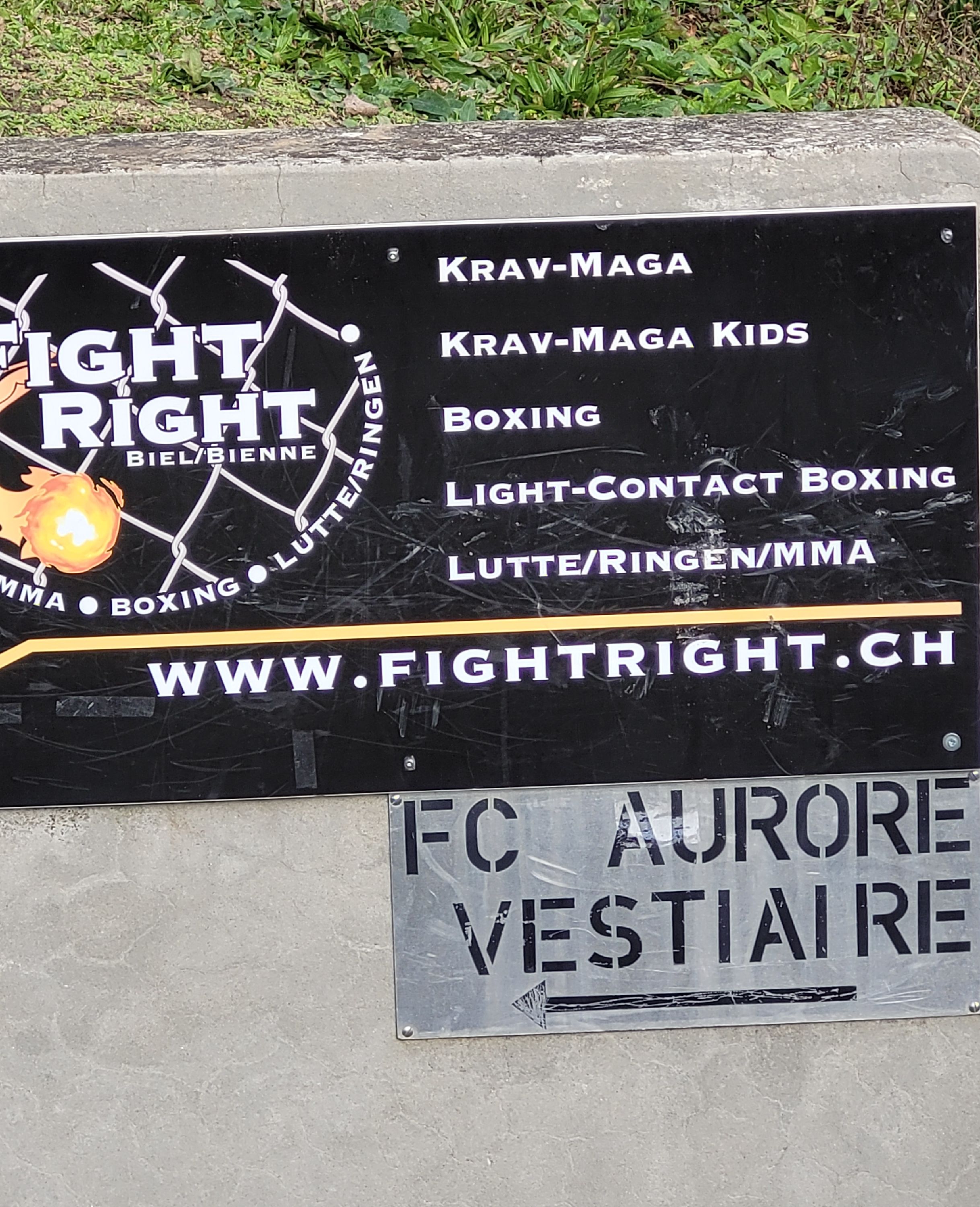
|
35352
|
|
Switzerland
Biel
|
|
|
—
|
LLBiel3
|
|
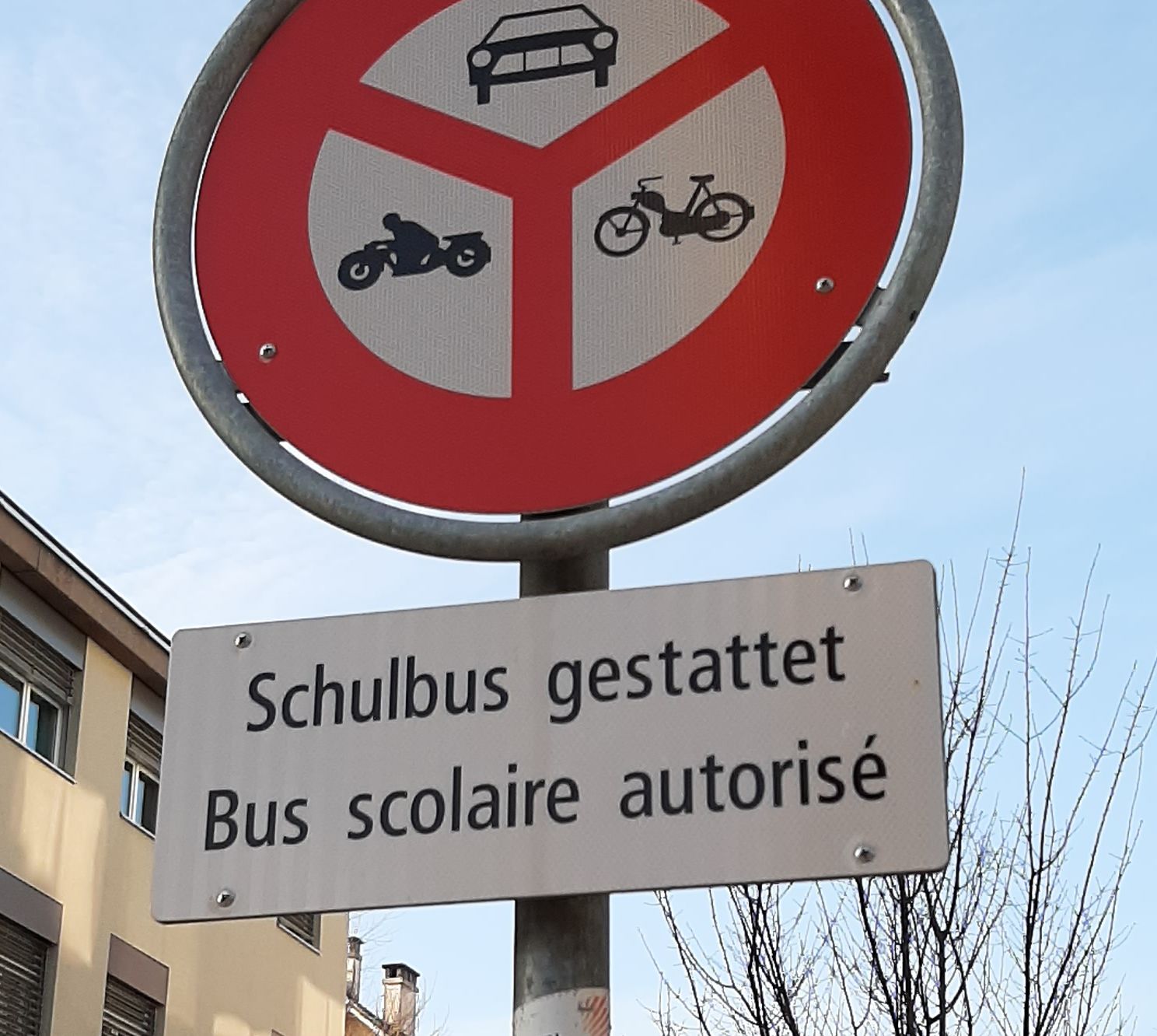
|
35864
|
|
Switzerland
Biel
|
|
|
—
|
LLBiel2
|
|

|
36376
|
|
Switzerland
Nidau
|
|
|
—
|
6LLBiel
|
|

|
137241
|
L-U.K
|
Switzerland
Fribourg
|
|
|
—
|
|
|
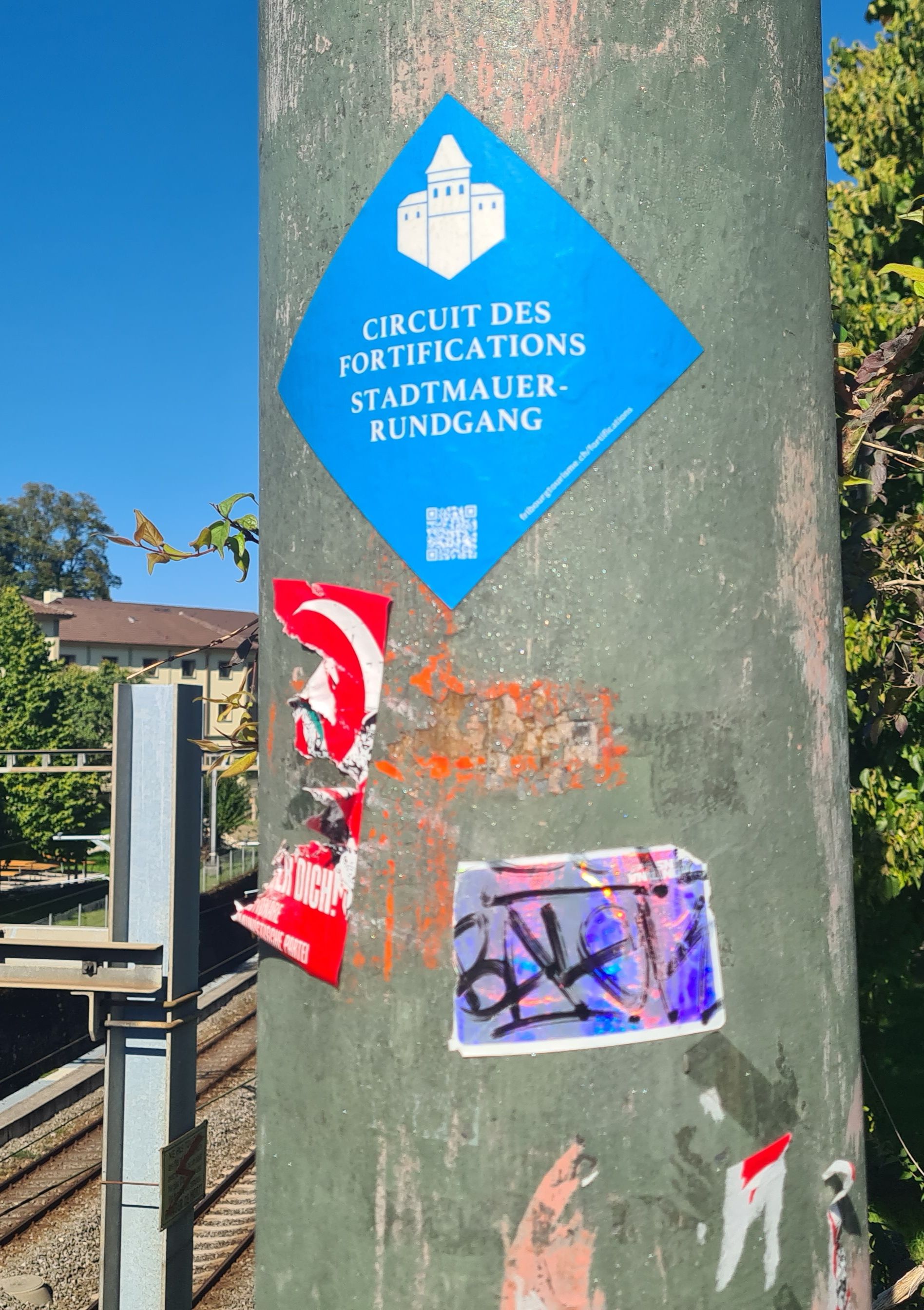
|
138009
|
L-U.K
|
Switzerland
Fribourg
|
|
|
—
|
Freiburg/Fribourg2025
|
|

|
138265
|
Ying_Phan
|
Switzerland
Basel
|
|
|
FC Basel
YP
|
|
|
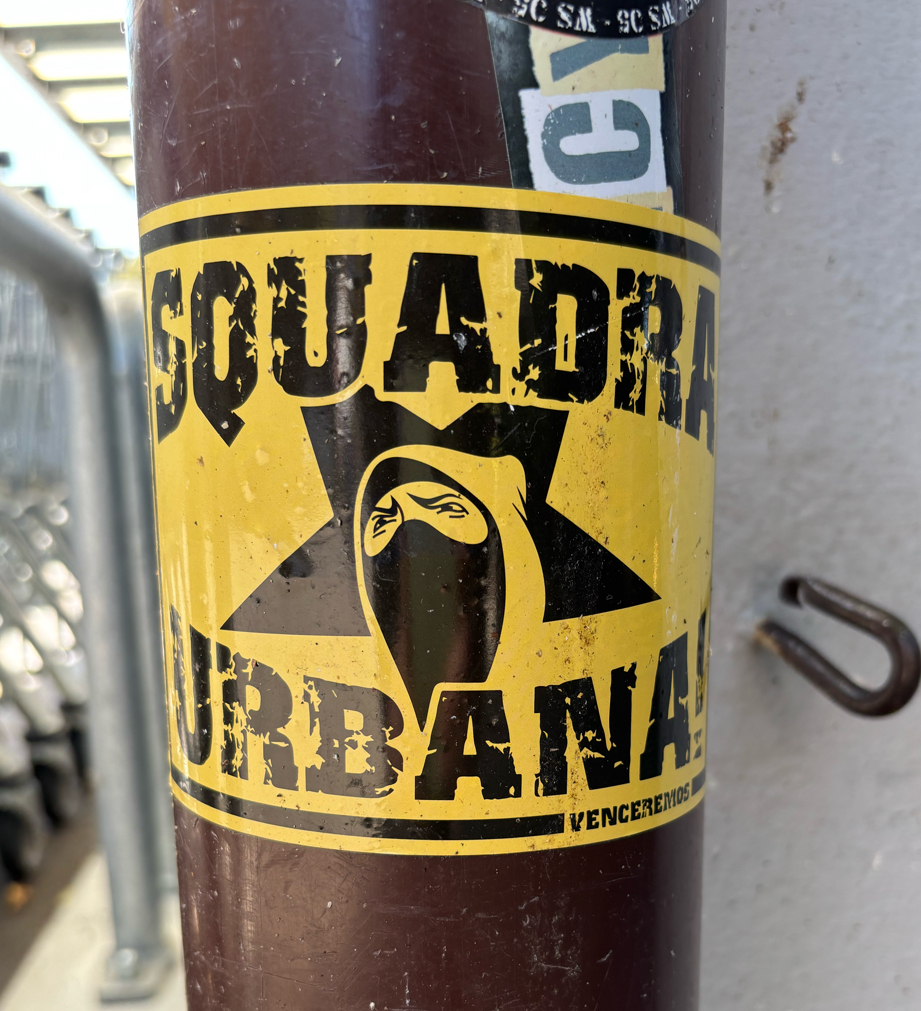
|
139289
|
Naomi_Heller
|
Switzerland
Bern
|
|
|
—
|
|
|
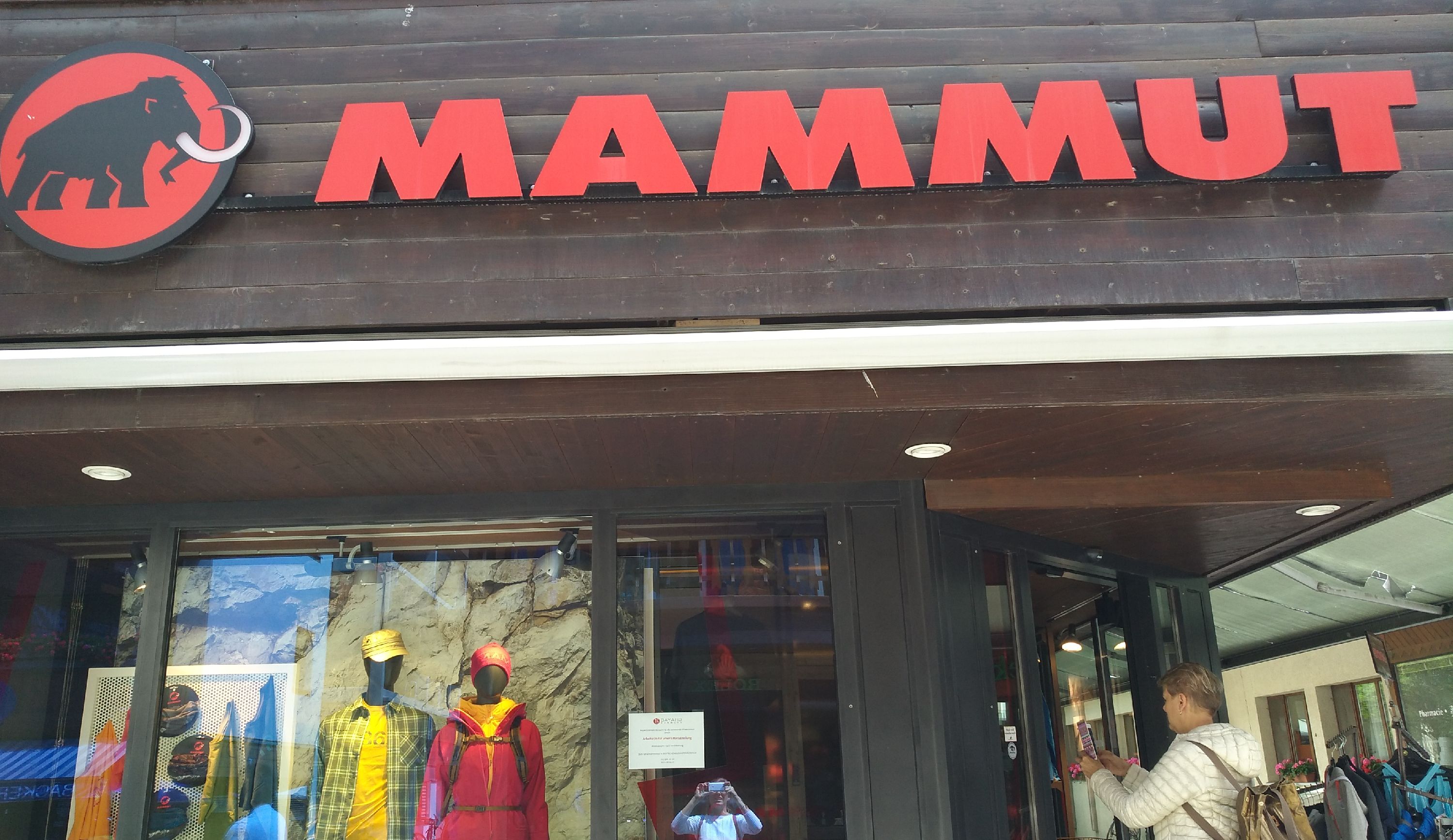
|
8985
|
|
Switzerland
Zermatt
|
|
|
—
|
MA1.0
|
|
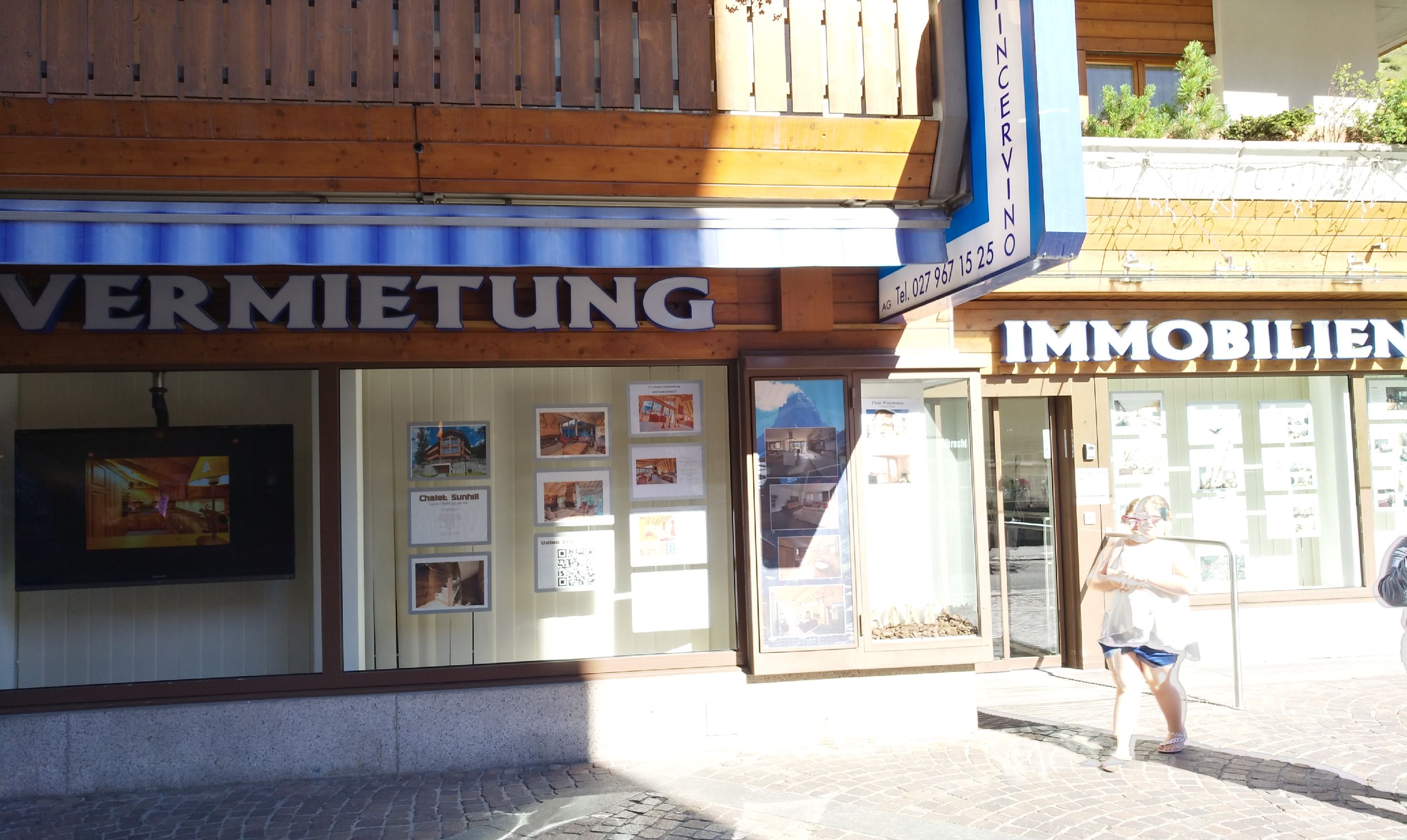
|
9241
|
|
Switzerland
Zermatt
|
|
|
—
|
MA1.0
|
|
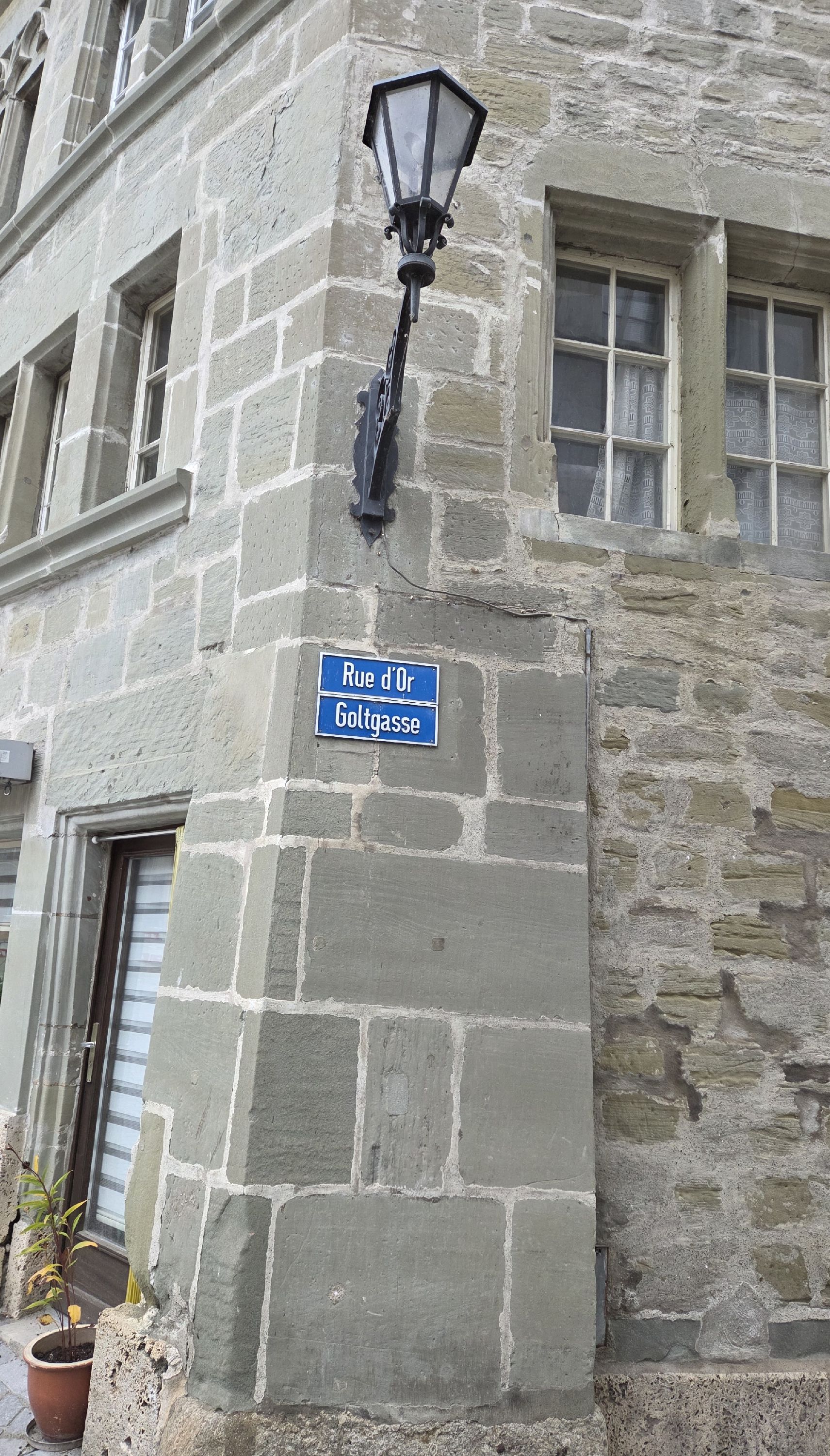
|
142361
|
MSchiegg
|
Switzerland
Fribourg
|
|
|
—
|
Freiburg/Fribourg2025
|
|

|
11545
|
|
Switzerland
Aarau
|
|
|
—
|
|
|

|
12313
|
|
Switzerland
Fribourg
|
|
|
—
|
|
|
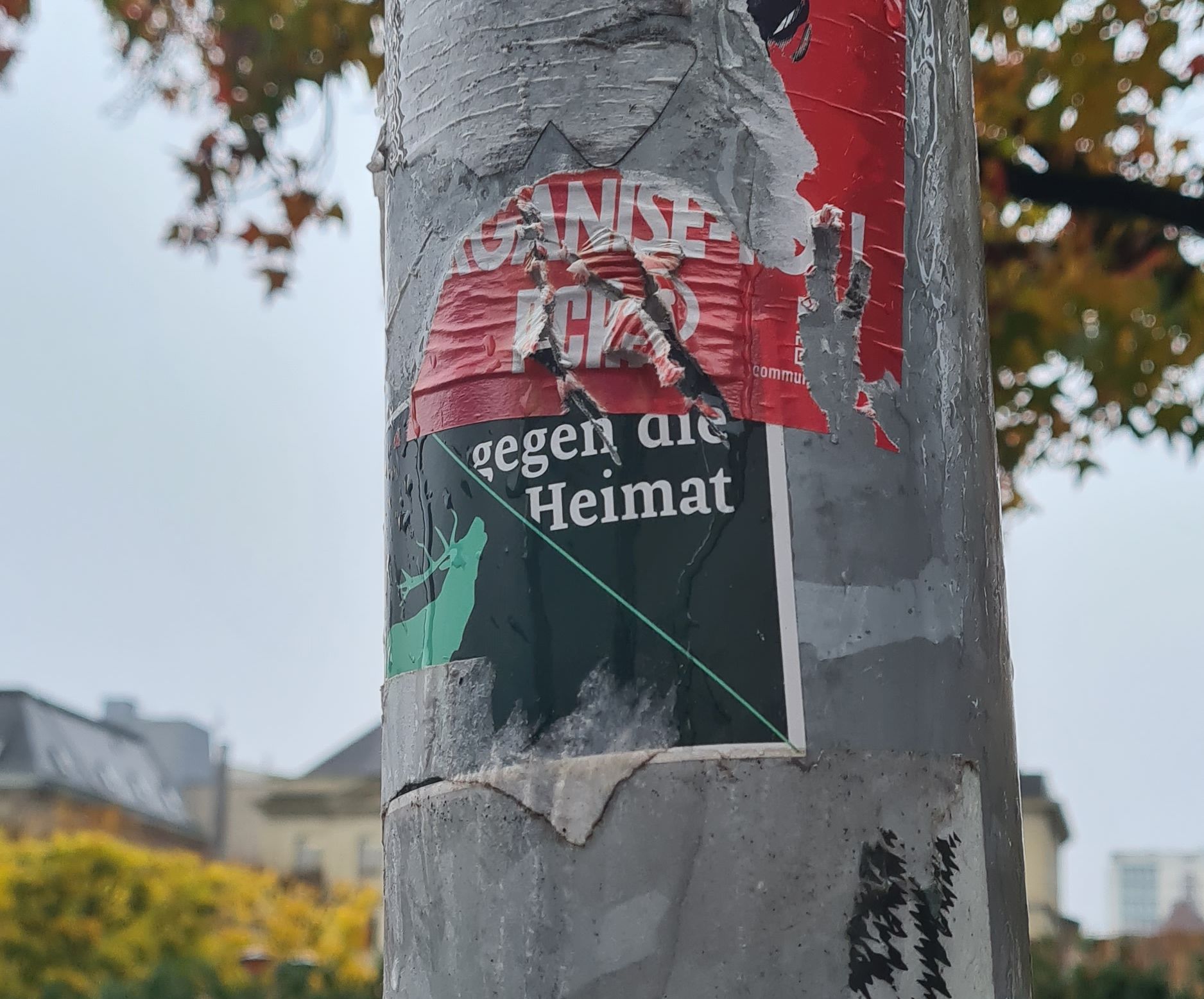
|
143641
|
L-U.K
|
Switzerland
Fribourg
|
|
|
—
|
Freiburg/Fribourg2025
|
|

|
12825
|
|
Switzerland
Aarau
|
|
|
—
|
|
|
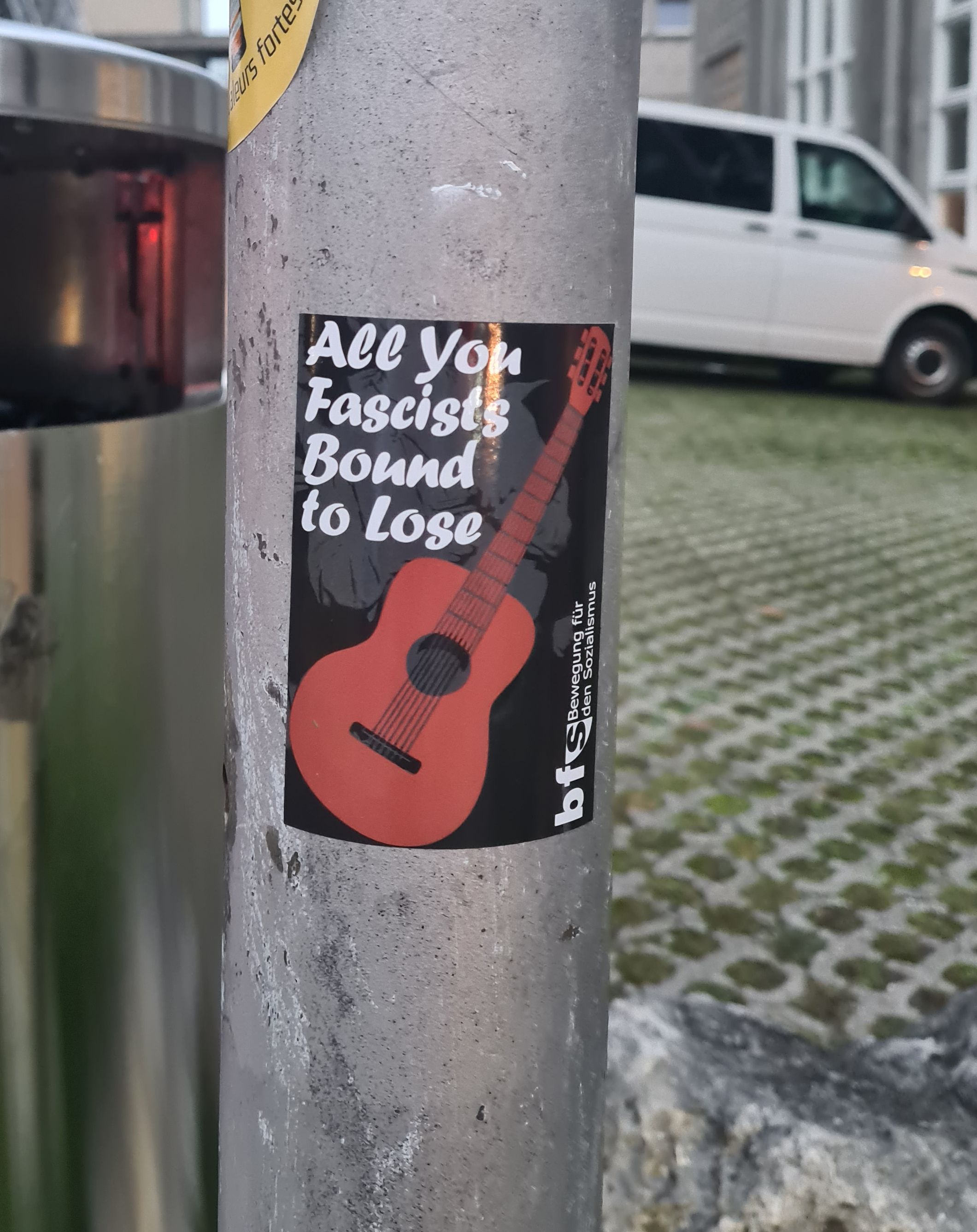
|
143897
|
L-U.K
|
Switzerland
Fribourg
|
|
|
—
|
Freiburg/Fribourg2025
|
|

|
144153
|
L-U.K
|
Switzerland
Fribourg
|
|
|
—
|
Freiburg/Fribourg2025
|
|
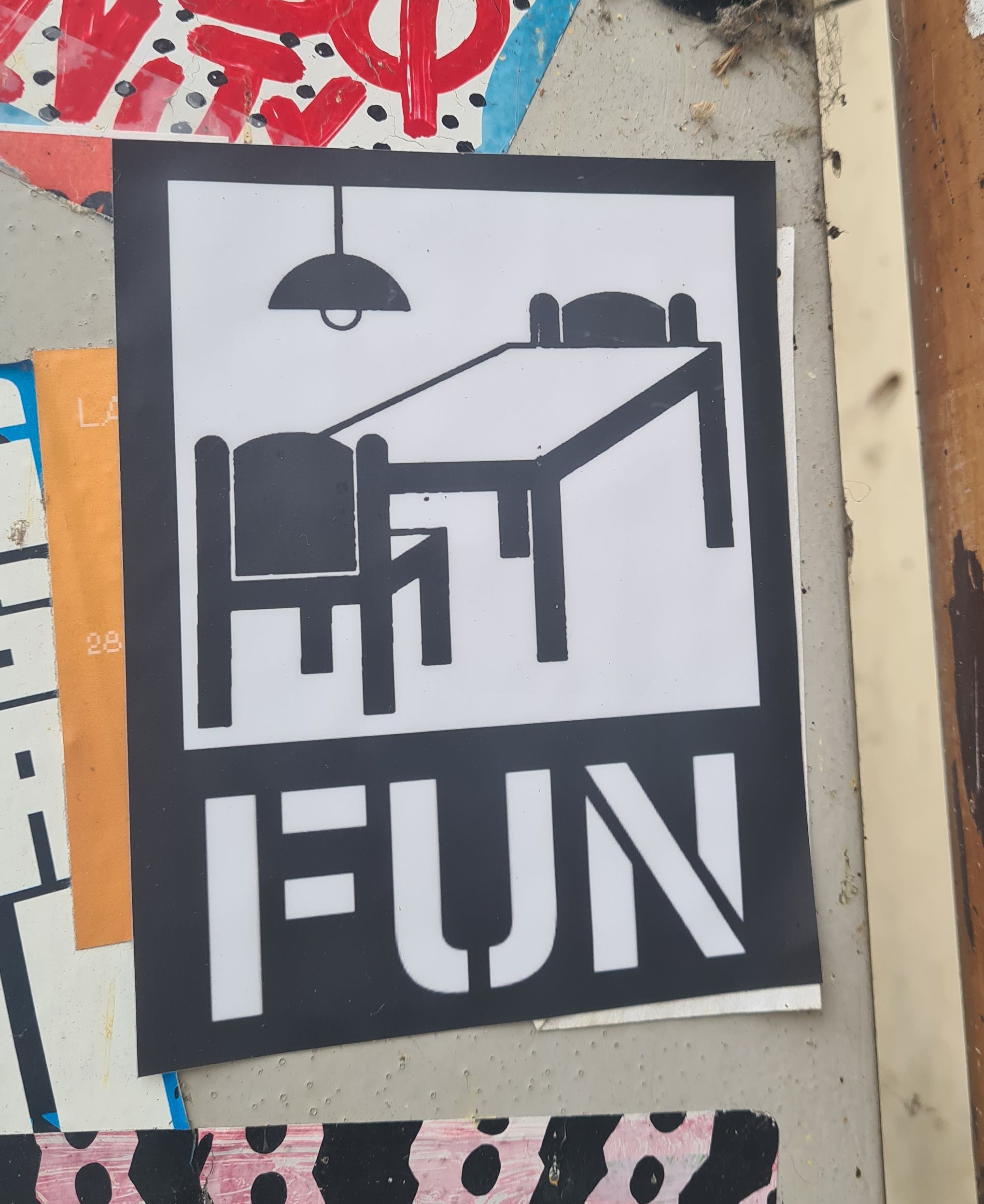
|
144409
|
L-U.K
|
Switzerland
Fribourg
|
|
|
—
|
Freiburg/Fribourg2025
|
|
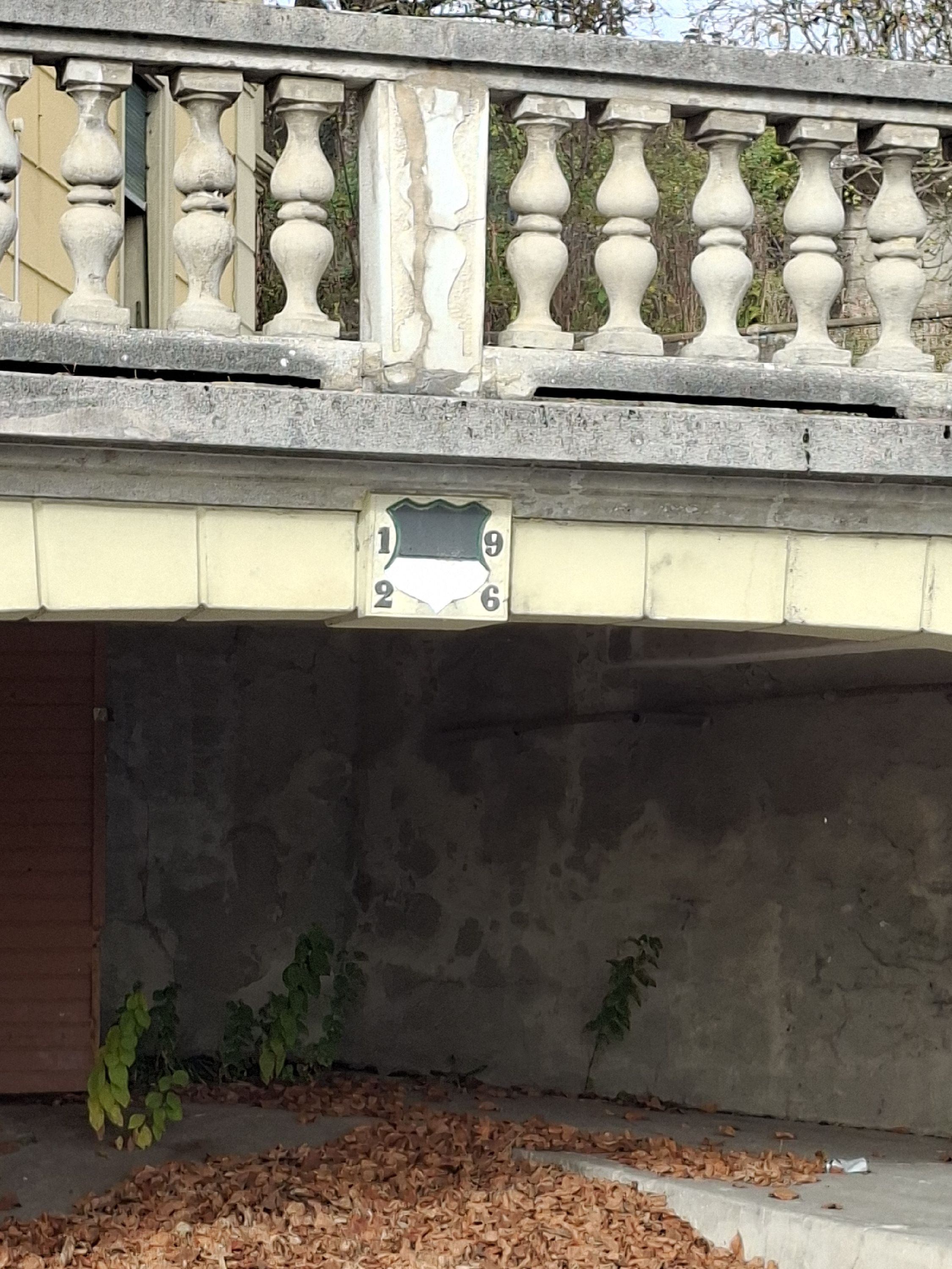
|
145945
|
Laurent
|
Switzerland
Cressier
|
|
|
—
|
Freiburg/Fribourg2025
|
|